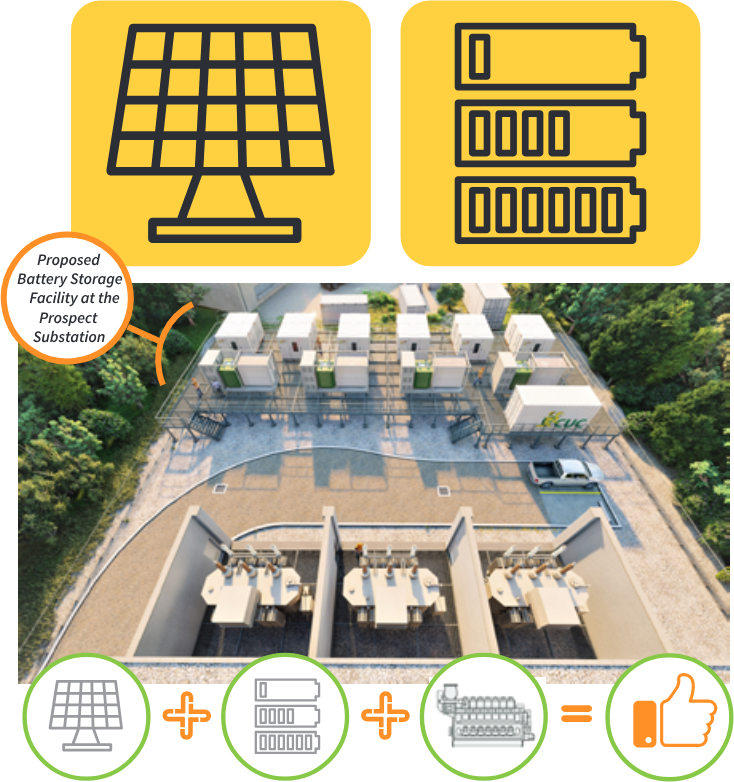CUC is transforming its business model to enable solar energy to become a main component of its energy grid. Through the Customer Owned Renewable Energy (CORE), which was introduced in 2009, and Distributed Energy Resource (DER) programmes, large scale and individual customers can have solar energy and still be supported by the grid.

Solar power generation depends on the availability of sunlight, which changes throughout the day due to weather conditions and cloud cover and of course, disappears completely at night. This can often lead to sudden changes in the level of power from solar sources, making it harder to predict and integrate with other sources of power used to meet the needs of Grand Cayman.
At smaller levels of solar power supply (where Grand Cayman is now) as part of the overall mix of nergy sources, these variations in energy supply are somewhat easier to manage, but as the magnitude of solar increases, the size of the power fluctuations also grows
No matter the size, grid systems operators must manage the amount of power being received and provided to preserve stability and powerquality to all consumers. Currently, fluctuations caused by changes in the power generated from solar systems are managed via CUC’s diesel generating units that are on as a ‘backup’ to the solar. There is always a generating unit running on standby to prevent outages for both generating units and solar supply. This is called “Spinning Reserve”.
The solar energy fluctuations are managed by grid system operators who are ‘ramping’ the spinning reserve up and down to compensate for the highs and lows of solar and to continue to match total consumer demand on the grid.
There is a cost associated with this constant ‘ramping up and down’. When we buy our vehicles, they have a highway fuel efficiency rating and a city fuel efficiency rating. CUC’s generating units are no different. There are specific operational levels that impact the fuel efficiency of these generating units. Until now, the regulator and CUC have felt it is best to have limited additions of solar to the grid to minimise the impact on the fuel efficiency of the generating units. Decreased fuel efficiency would equal higher costs for CUC customers, which is not the goal. Supportive technologies, such as energy storage or batteries, as we often refer to them as, can be utilised to smooth out power fluctuations from renewable energy generation sources, but also come at a cost. CUC has begun to implement battery storage solutions to assit with energy storage.
In addition to the actual cost of the battery system, charging and discharging the batteries will typically lead to around 15% loss of the energy input because the batteries use this energy to operate. The good news is that costs of high-performance battery storage is decreasing and due to advances in technologies, supply chains and manufacturing, energy storage will be an integral part of the future of Grand Cayman’s grid. If planned correctly, in combination with generation via diesel, energy storage can provide operational benefits, enhance grid stability and improve the overall efficiency of the electricity system. Efficient management of larger amounts of solar power requires a combination of strategies. CUC is continually exploring new technologies and practices to optimise the integration of solar power into the grid, ensuring its reliable and sustainable use.
CUC remains committed to ensuring that all options are considered. There are plans in place to support the current infrastructure and that customers can continue to depend on the reliable service the Company has provided to the community for over 57 years.
